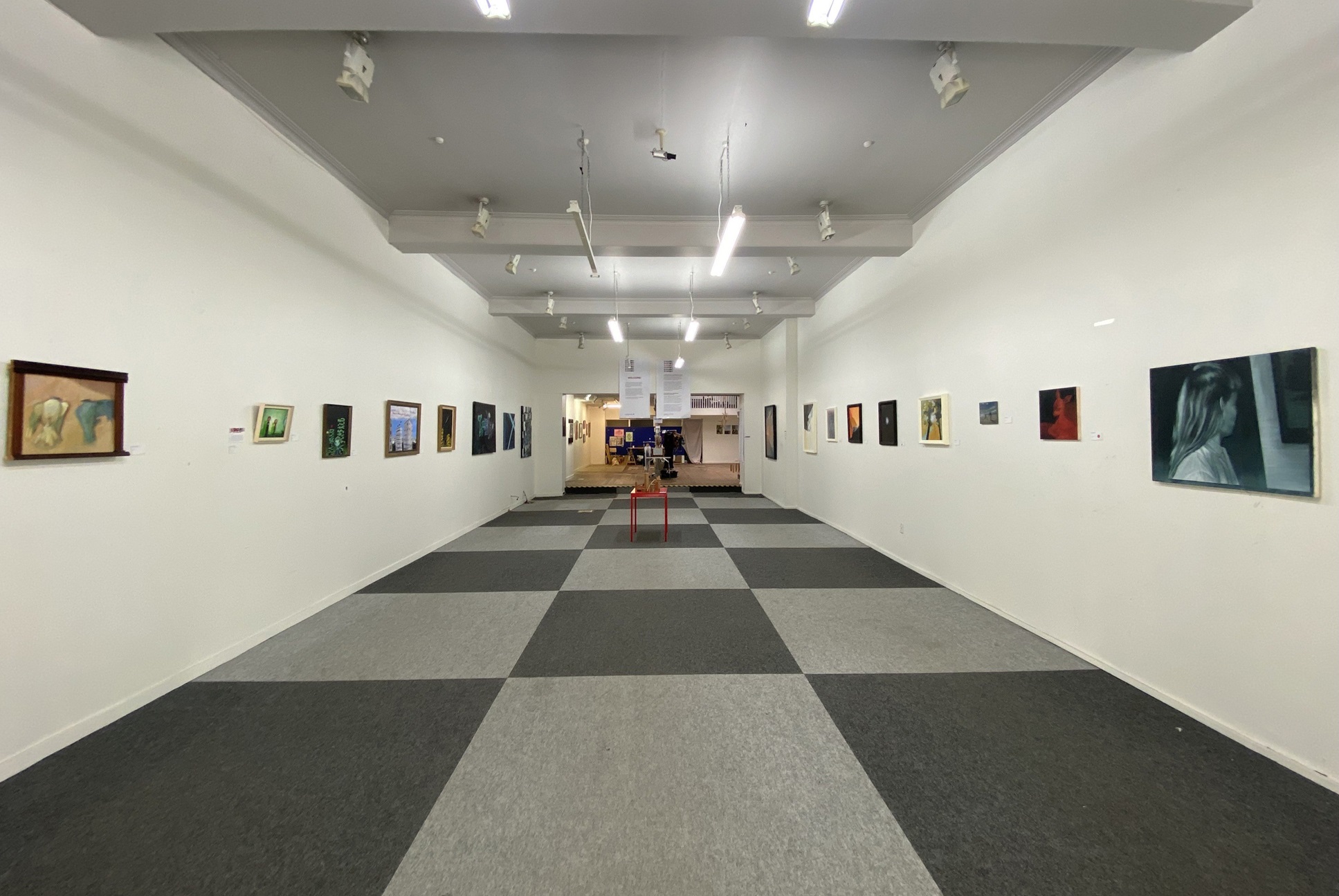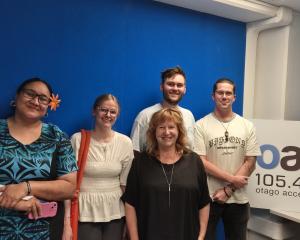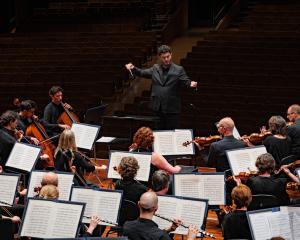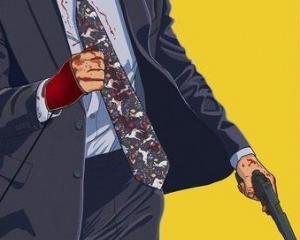
(Beautiful Science Gallery, Tūhura Otago Museum.)
The world premiere of the dance film Ad Parnassum — Purapurawhetū was in 2022 at the Matariki Festival Mānawatia a Matariki in Ōtautahi. In its current form, "Ad Parnassum — Purapurawhetū" at Tūhura Otago Museum is an exhibition that presents the film alongside an array of material objects and images that comprise the developmental components of the work.
Ad Parnassum — Purapurawhetū is an extraordinarily beautiful series of choreographic vignettes. The viewer is drawn into virtual atmospheric vistas replete with recurring motifs, like the flower of life, for example. The film’s wide aspect ratio is firmly grounded by the dancers but seemingly blends into the night sky.
It takes its name from a painting by Paul Klee, Ad Parnassum (1932), and architectural elements from Klee’s painting inspire compositional scaffolding and an image of Mt Parnassus in central Greece, for example. Purapurawhetū references Matariki, in the form of tukutuku patterning, the rendering of the constellation, and through the dancers themselves.
The film is scored by Gillian Whitehead, and performed by the New Zealand String Quartet, with Al Fraser on taonga pūoro. All these elements coalesce into a seamless aesthetic experience that inspires a sense of cosmic consciousness, even.
Ad Parnassum — Purapurawhetū is best viewed in its entirety on the back wall of the Beautiful Science Gallery, and excerpts can be viewed through VR headsets and the museum’s planetarium.
![Untitled [bush, vertical] (2024), by Troy Butler. photographic lithograph (monoprint) on silk...](https://www.odt.co.nz/sites/default/files/story/2025/04/troy_04_bush_verticle_1.jpg)
(RDS Gallery)
Thematically and conceptually layered, Troy Butler’s exhibition of evocative photographic lithographs comprises a body of work that draws together a series of locations, personal and artistic processes, and a poignant theme of personal loss or trauma.
In the first instance, many of the works are printed on two layers of silk fabric, creating a grainy and slightly blurry optical effect. Using a pigment fixative, these already moody images are imbued with tiny sparkles, adding a very subtle sense of magical realism. In the second instance, the imagery of each work has a direct relationship to the artist’s lived experience.
The forest landscape was a significant solace for Butler during a season of grief over a close friend’s death by suicide. The image of New York refers to a time of solo travel and a process of personal disorientation and connection. In a different vein, the portraits are a reflective focus on the faces of men and a sense of "existential unease" that the artist sees in their eyes. The three domains of subject matter read in parallel or in sequence, they convey the same rich and gritty aesthetic and, for Butler, draw from the same well of experience.
The exhibition is accompanied by an essay written by Alistair Fox, informed by two interviews Fox conducted with the artist.

(343 George St, Dunedin)
Supported by the Dunedin Dream Brokerage, "Ensnared" is an exhibition of diverse media — from painting and photography to poetry — by a community of artists with shared concerns. Philosophically driven, and drawing on the work of Ben Ware, these artists consider ways through which to overcome anxiety or indifference in the face of global crises and through which to navigate and respond to crisis through positive action.
The viewer is first introduced to paintings by Nick Guilford, Joel Field and Luc Morley in the front gallery and in a range of ways each artist responds to the theme: Guilford juxtaposes images of futility and hope; Field explores the cityscape as a "manufactured ecosystem"; and Morley’s "Night Walker’s" depicts a moment of enchantment on a moonlit beach, for example — experiences of being in and responding to the world.
Isla Thomas’ large-format poems punctuate the exhibition at various points. Kieran Dodd’s photography is also exhibited across the space as single works or in series; they are paired well with Harriet Hawksworth’s interactive installation comprising recycled rimu and a potted rimu tree. Daniel Van Lith and Oli German-Ross are exhibited in sequence with perhaps a similar graphic and design sensibility.
Inviting the audience to collaborate, a collective film project was made and presented over the duration of the exhibition’s opening weekend.
By Joanna Osborne











